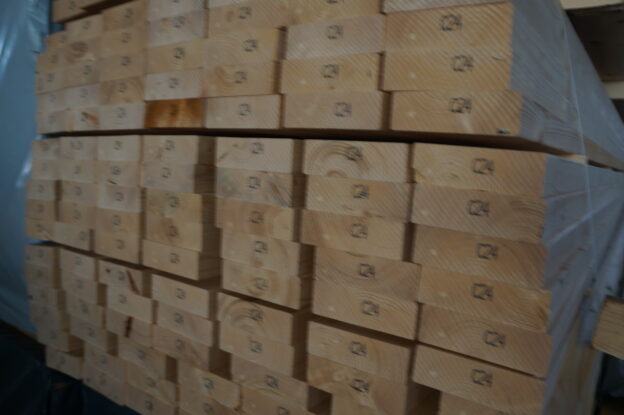Factory Cabins uses only C24 in all our timber frame buildings, and here are a few reasons why:
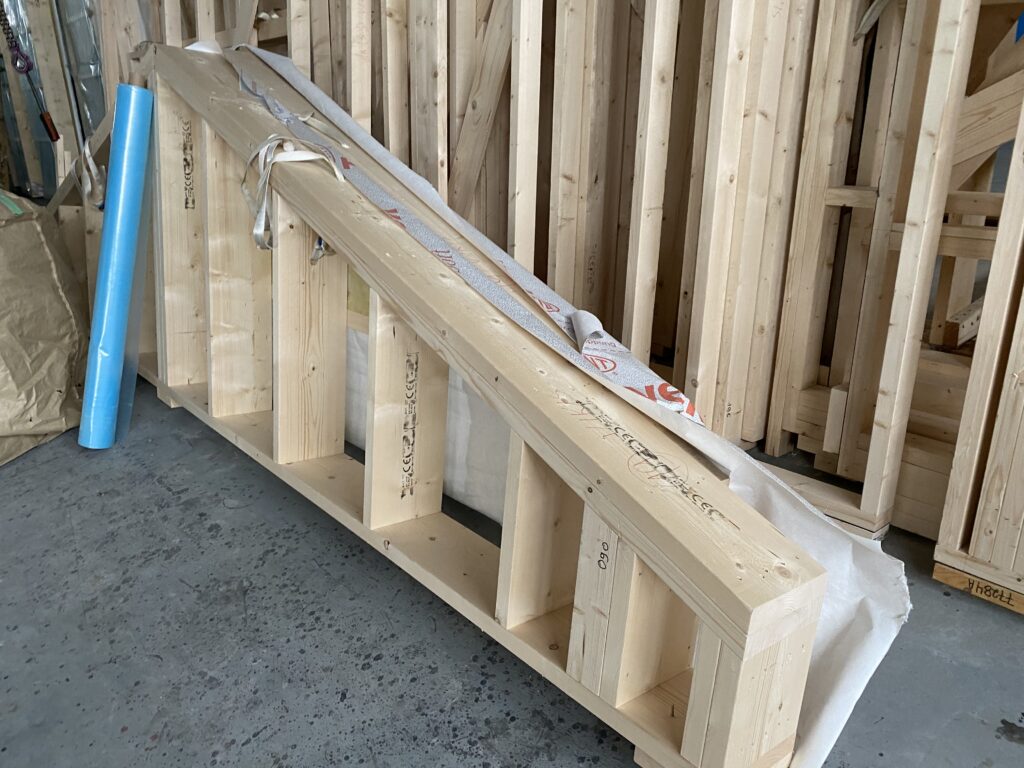
What Is the Difference Between C16 and C24 Wood?
Choosing the proper type of timber is crucial to the success and longevity of your construction or timber building project. C16 and C24, two widely used timber grades, are frequently the source of concern and discussion. We shed light on the distinctions between C16 and C24 timber in this detailed reference, allowing you to make informed decisions while retaining the structural integrity of your construction.
Because we only utilise C24, we bring this up in today’s C16-C24 blog.
Examining C16 Timber in more Depth C16 softwood is a common softwood grade noted for its versatility and low cost. This grade is commonly utilised in a variety of building projects, such as roof trusses, floor joists, and stud walls. C16 wood has the following characteristics:
Durability and toughness
C16 wood has an average durability and life expectancy. Because it is acceptable for circumstances with less rigorous strength requirements, it is a common choice for light commercial and residential buildings.
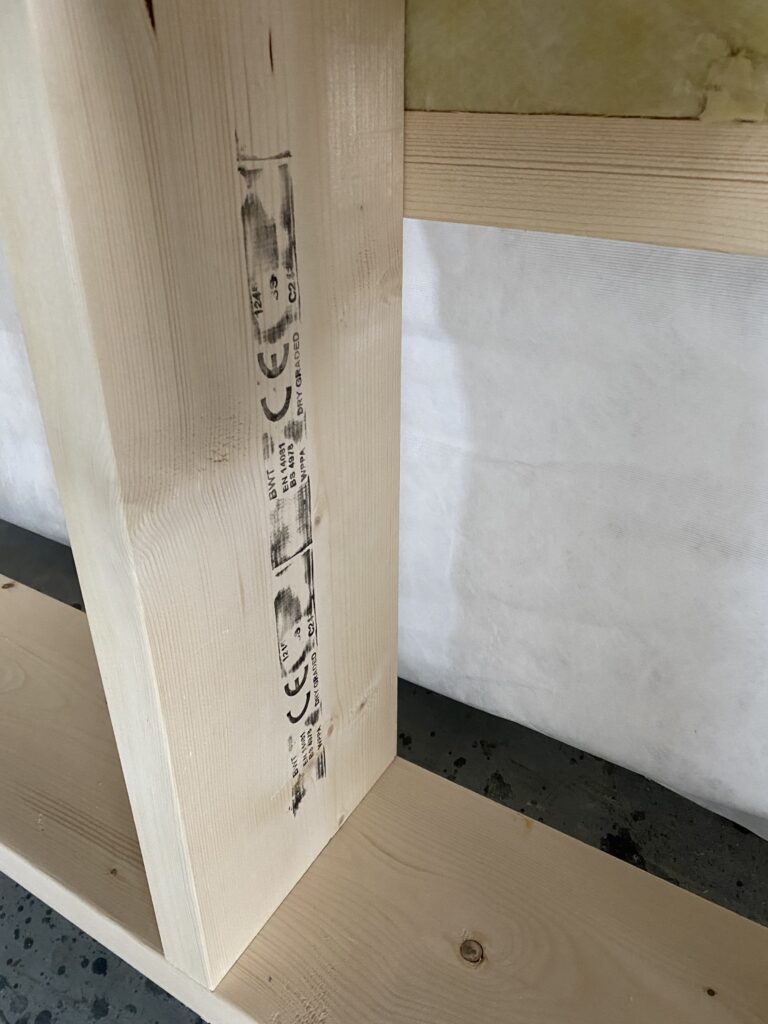
Grading
C16’s letter ‘C’ stands for ‘Construction,’ indicating that it satisfies structural standards. The look, density, and structural qualities of timber are rated, with C16 being the lowest grade.
Common Applications
Internal framing and non-load-bearing buildings are common applications for C16 timber that do not require remarkable strength. It is an appealing alternative for a wide range of activities due to its versatility and low cost.
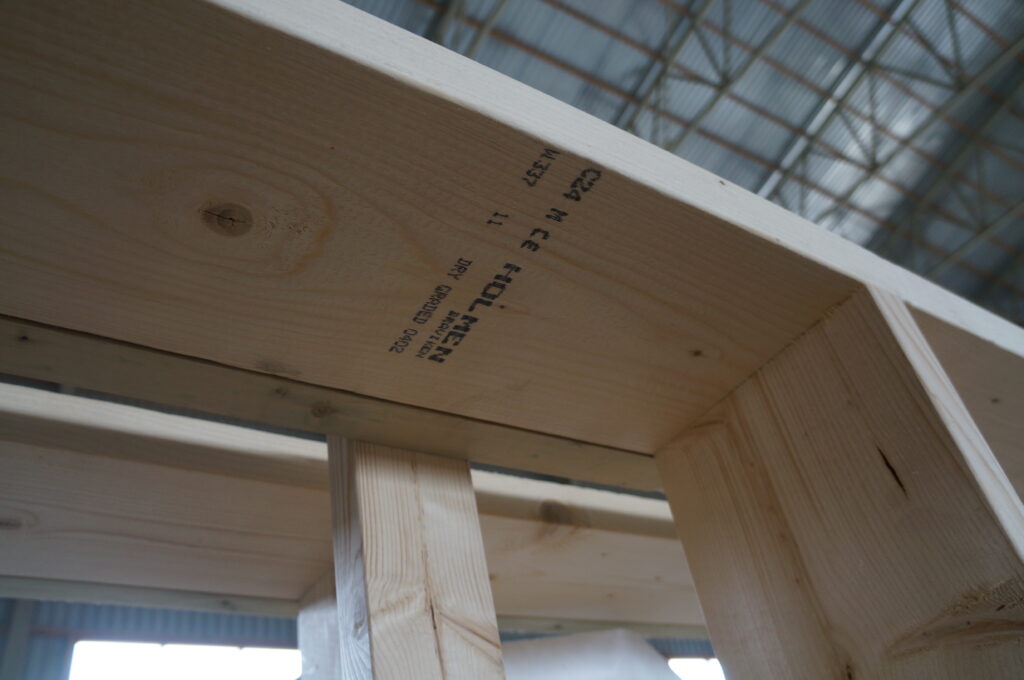
A Closer Look at C24 Wood
C24 timber provides a major advancement in terms of strength and durability. It is of the highest quality and is frequently used in high-end construction projects. Here’s all you need to know about C24 wood:
Extraordinary Results C24 timber is noted for its exceptional toughness and durability, making it ideal for structurally demanding applications. It is sturdy enough to withstand heavy weights while resisting bending and warping.
Grading
The letter ‘C’ in C24 also signifies structural certification. The ’24’ indicates a higher categorization than C16, implying exceptional capabilities.

Common Applications For high-load applications such as industrial buildings, bridges, and other vital structural sections, C24 timber is the material of choice. It is appropriate for applications requiring safety and longevity because to its high strength.
Choosing the Best Wood
It’s critical to evaluate your project’s individual requirements while picking between C16 and C24 lumber. Here are a few things to consider:
Capacity for Bearing Load
Because of its improved strength, C24 timber is the recommended choice for applications requiring large loads or crucial structural components.
Considerations for Cost
Because C16 lumber is less expensive, it is an appealing option for applications requiring less strength.
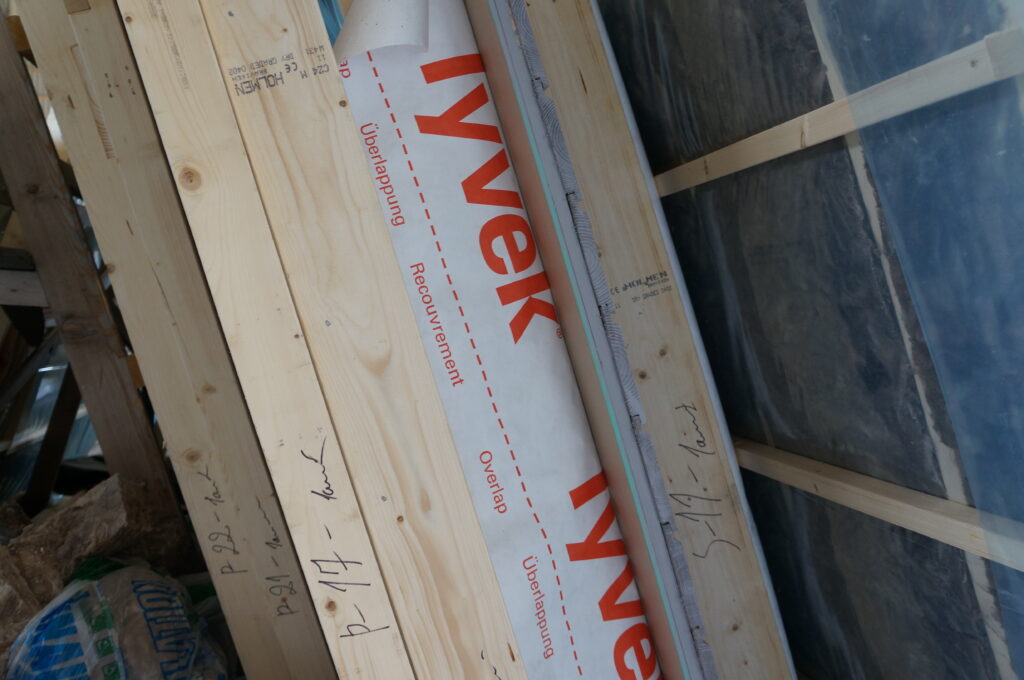
The Project Description
Take into account the nature of your project. C16 is typically utilised in residential and light commercial building, whereas C24 is employed in industrial or heavy-duty construction.
To summarise, understanding the distinction between C16 and C24 wood is critical for making informed building and woodworking decisions. While C16 is versatile and cost-effective, C24 stands out for its superior strength and durability. You may assure the structural integrity and endurance of your building initiatives by picking the appropriate grade according to the needs of your project.
